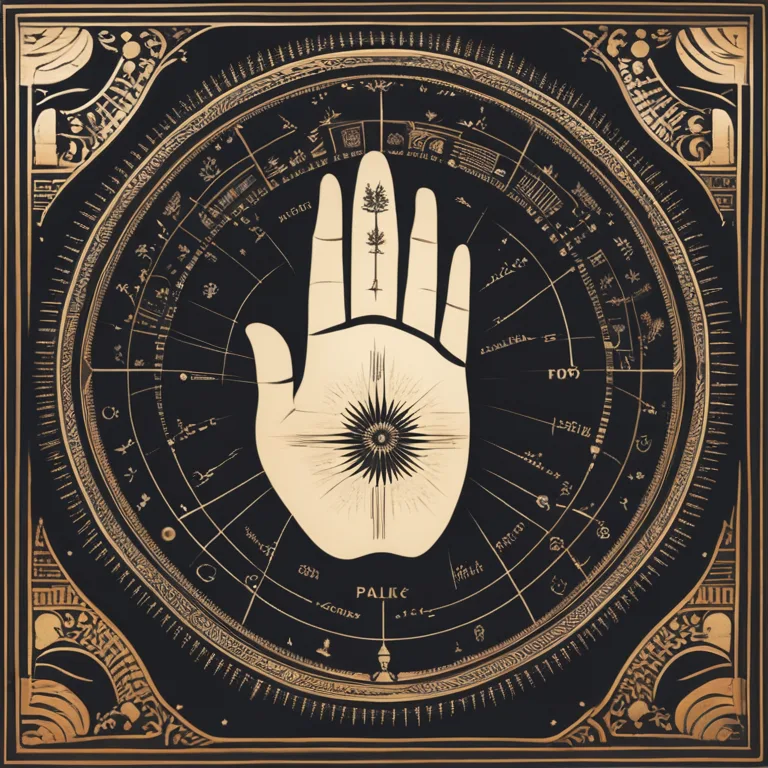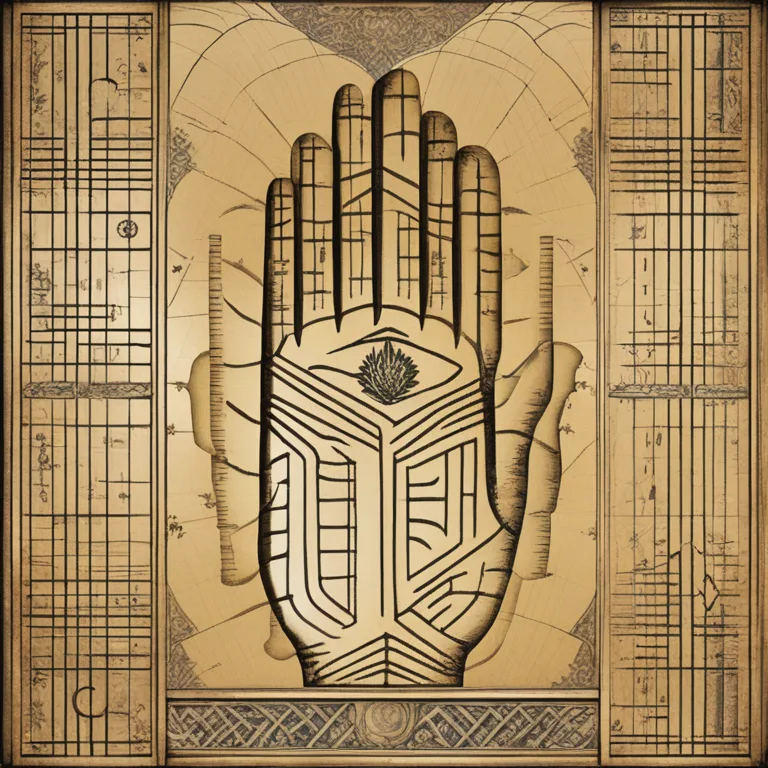
The Intriguing Truths of Palmistry Revealed
Delve into the fascinating world of palmistry and discover its time-honored significance and modern-day relevance in this insightful article.
article by Nora Pennington
Palmistry's Ancient Roots
Palmistry, also known as chiromancy, has its origins shrouded in the mystique of ancient civilizations. Cultures from India, China, and even ancient Greece have all contributed to the tapestry of knowledge that forms modern palmistry. It is believed to have been practiced in various forms for over 5,000 years, as both an art and a science. Recent interest has revitalized this practice, rejuvenating it for a contemporary audience who seek connections with the ancient wisdom of our ancestors.

The Lines and Their Lore
Central to palmistry are the lines on an individual's palm. Traditionally, the heart line, head line, life line, and fate line are the primary focuses. Each line purportedly offers insights into different aspects of life, ranging from emotional wellbeing and intellectual faculties to life longevity and major life changes. Palmists interpret these lines not as fixed destinies, but as maps of potential, reflecting personal strengths and challenges.
Modern Palmistry Perspectives
In today's context, palmistry is often seen as a tool for self-reflection rather than strict prophecy. Many contemporary practitioners emphasize how palm readings can provide unique perspectives on one’s personal journey, serving as a reflective practice that encourages self-awareness and personal growth. With mindfulness and self-help being more important than ever, palmistry offers an intuitive angle for introspection.

Hand Shapes and Elemental Associations
Besides lines, the shapes of hands and fingers in palmistry are believed to correspond with the four elements: earth, air, fire, and water. Each element signifies distinct temperaments and life approaches. For instance, earth hands signify practicality and stability, while fire hands are associated with passion and spontaneity. These elemental characteristics have taken on new dimensions as interest in ecological awareness and nature-aligned lifestyles continue to grow.
Scientific Scrutiny and Public Perception
Although palmistry sits on the fringe of scientific endorsement, it garners interest for its psychological undercurrents. Critics argue that it is a form of cold reading, capitalizing on vague and general statements. However, supporters counter that, when conducted with skill by intuitive readers, palm readings reveal nuanced details specific to the individual. The prevailing public fascination suggests that, regardless of the debate, palmistry holds a place in the collective imagination as a source of wonder and personal insight.
Palmistry's Technological Adaptation
Technological advancements have transformed the practice of palmistry, making it accessible to a wider audience through online platforms. Apps and websites now offer personalized readings with a click, leveraging algorithms to interpret palm images. Such innovation brings palmistry into the digital age, and while it may differ from a human touch, it opens the field to new possibilities and interpretations. Technology thus serves as both a bridge and a reinvention for ancient practices like palmistry.
The Cultural Resonance of Palmistry
As a testimony to its enduring appeal, palmistry has permeated cultural expressions, from literature to visual arts. Its symbology is rich with meaning, and it often appears in works that touch on fate, destiny, and the human condition. This cultural saturation ensures that palmistry remains in the public eye, continually attracting new generations to its enigmatic allure.
Published: 1/3/2024
Modified: 1/3/2024
More predictions
Come back here soon to learn more about yourself and your future


The Secrets of Palmistry Travel Lines
Discover the meanings behind the travel lines on your palms and how they may hint at your journey through life.


Accuracy in Divination: Palmistry vs. Astrology
Explore the relative accuracy of palmistry and astrology in predicting the future and revealing personal traits in this insightful comparison article.


Palm Lines and Love Connections
Delve into the fascinating world of palmistry and discover how your palms may hold the secrets to love and relationships.